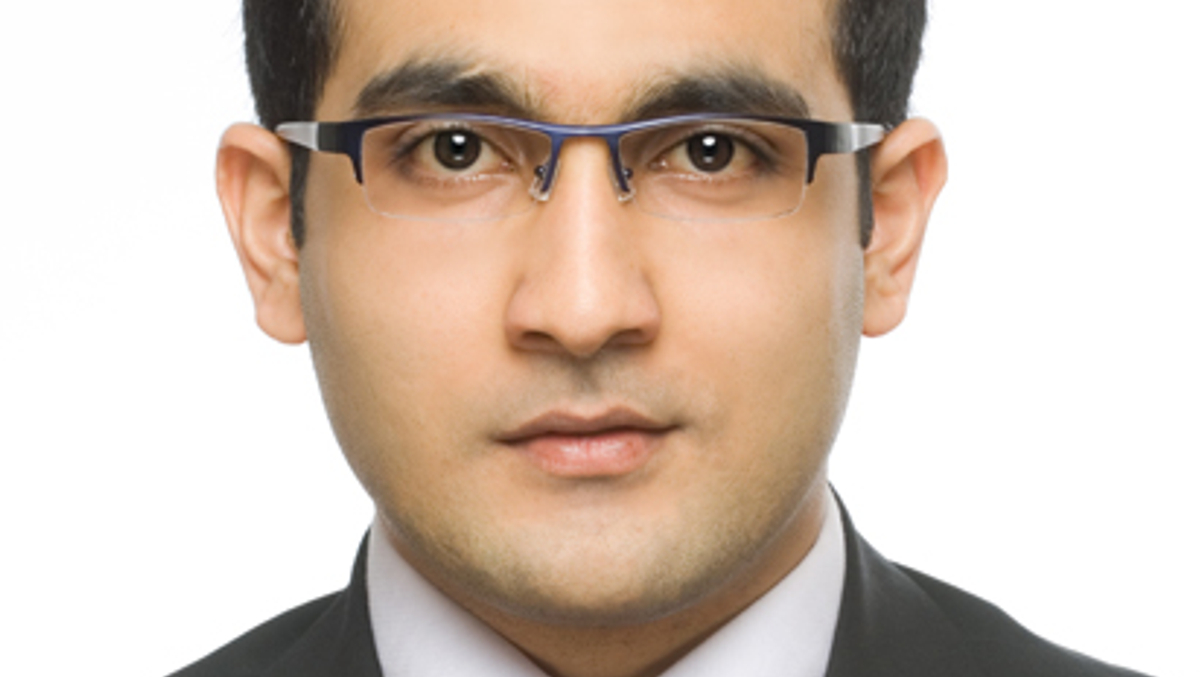Leaner hedge fund sector forecast to emerge in Asia
New funds will face a challenging fundraising environment in Asia, as will the prime brokerages and administrators who serve them, Eurekahedge predicts.

A leaner hedge fund industry will prevail this year, with new hedge funds facing a challenging fundraising environment as prime brokerages and administrators battle to maintain or increase margins, according to Eurekahedge.
Sign in to read on!
Registered users get 2 free articles in 30 days.
Subscribers have full unlimited access to AsianInvestor
Not signed up? New users get 2 free articles per month, plus a 7-day unlimited free trial.
¬ Haymarket Media Limited. All rights reserved.


